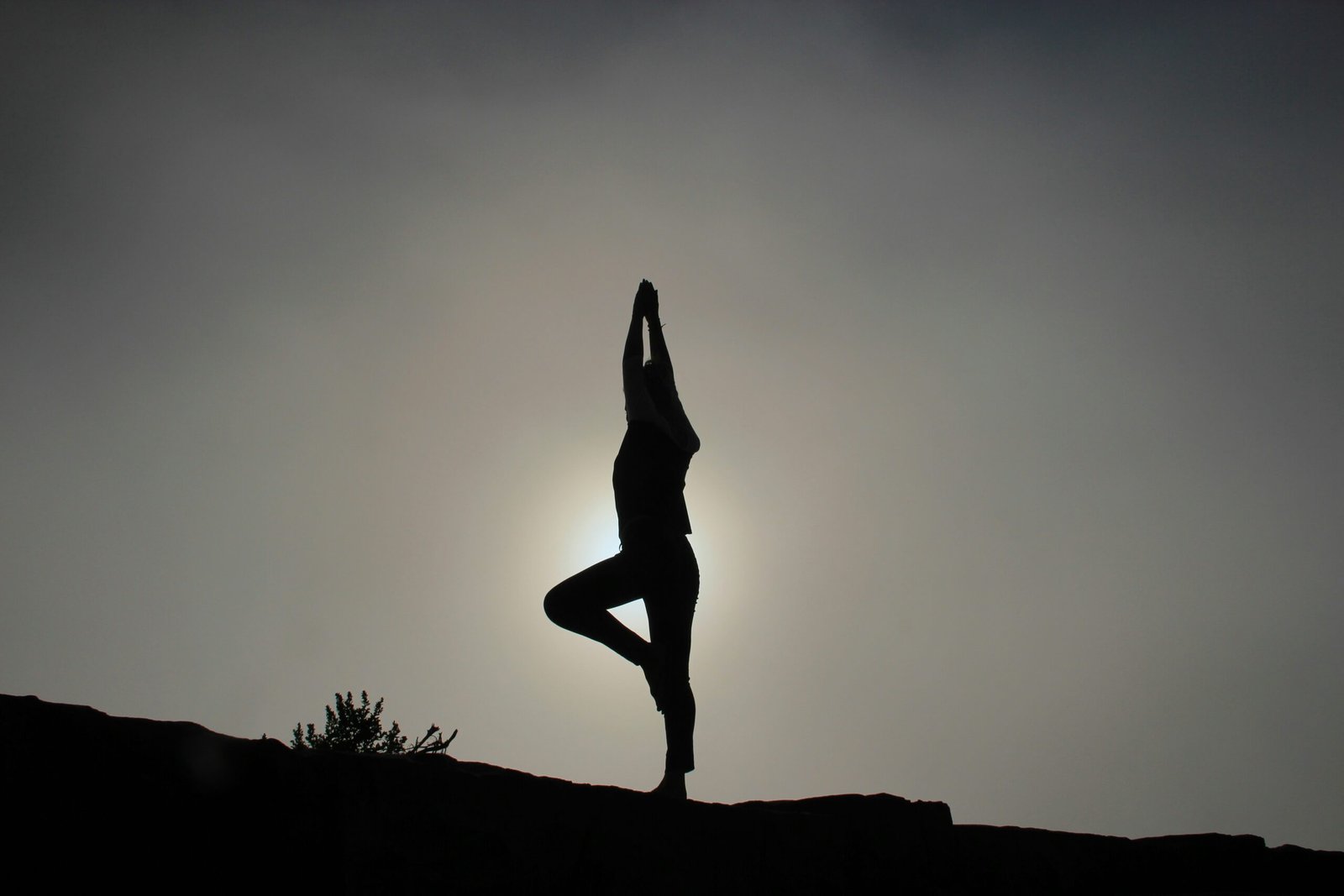Practicing Yoga After Eating: Which Asanas are Safe?
Yoga is a wonderful practice that can benefit both the body and mind. Many people enjoy practicing yoga to improve flexibility, relieve stress, and promote overall well-being. However, there is a common belief that yoga should not be practiced immediately after eating. While it is generally recommended to wait for some time after a meal before practicing yoga, there are certain asanas that can be safely practiced after eating. In this article, we will explore some of these asanas and their benefits.
The Importance of Waiting
Before we delve into the specific asanas, let’s understand why it is generally advised to wait after eating before practicing yoga. When we eat, our body directs a significant amount of blood flow to the digestive system to aid in the digestion process. Engaging in physical activity, such as yoga, immediately after a meal can divert blood flow away from the digestive system, potentially leading to indigestion or discomfort.
It is generally recommended to wait at least 1-2 hours after a large meal and 30 minutes to an hour after a light snack before practicing yoga. This allows the body enough time to digest the food and ensures a more comfortable and effective yoga practice.
Safe Asanas After Eating
While it is important to wait after eating before practicing yoga, there are certain asanas that can be safely performed without disrupting the digestion process. Here are a few examples:
1. Viparita Karani (Legs-Up-The-Wall Pose)
This gentle inversion pose is known for its calming and restorative effects. It involves lying on your back with your legs extended up against a wall. Viparita Karani helps improve circulation, reduce swelling in the legs, and promote relaxation. It is a great asana to practice after a meal as it allows the body to rest and digest while still benefiting from the gentle inversion.
2. Bhujangasana (Cobra Pose)
Bhujangasana is a gentle backbend that stretches the spine, opens the chest, and strengthens the core. This asana can be practiced after a meal to help stimulate digestion and relieve any discomfort. It is important to perform Bhujangasana with awareness and avoid any excessive strain on the abdomen.
3. Marjariasana (Cat-Cow Pose)
Marjariasana is a gentle flowing movement that involves alternating between arching the back (cat pose) and extending the spine (cow pose). This asana helps massage the digestive organs, improve digestion, and release any tension in the spine. It can be practiced after eating to promote digestion and relieve any feelings of heaviness.
Listening to Your Body
While these asanas are generally considered safe to practice after eating, it is important to listen to your body and make adjustments as needed. Every individual is unique, and what works for one person may not work for another. If you experience any discomfort or feel that your body is not ready for physical activity after a meal, wait until you feel more comfortable.
Additionally, it is always a good idea to consult with a qualified yoga instructor or healthcare professional if you have any specific concerns or medical conditions that may affect your yoga practice.
Conclusion
Practicing yoga after eating can be a safe and beneficial way to support digestion and promote overall well-being. While it is generally recommended to wait after a meal before practicing yoga, certain asanas such as Viparita Karani, Bhujangasana, and Marjariasana can be safely practiced after eating. Remember to listen to your body, make adjustments as needed, and always consult with a qualified instructor or healthcare professional if you have any concerns. Happy practicing!
